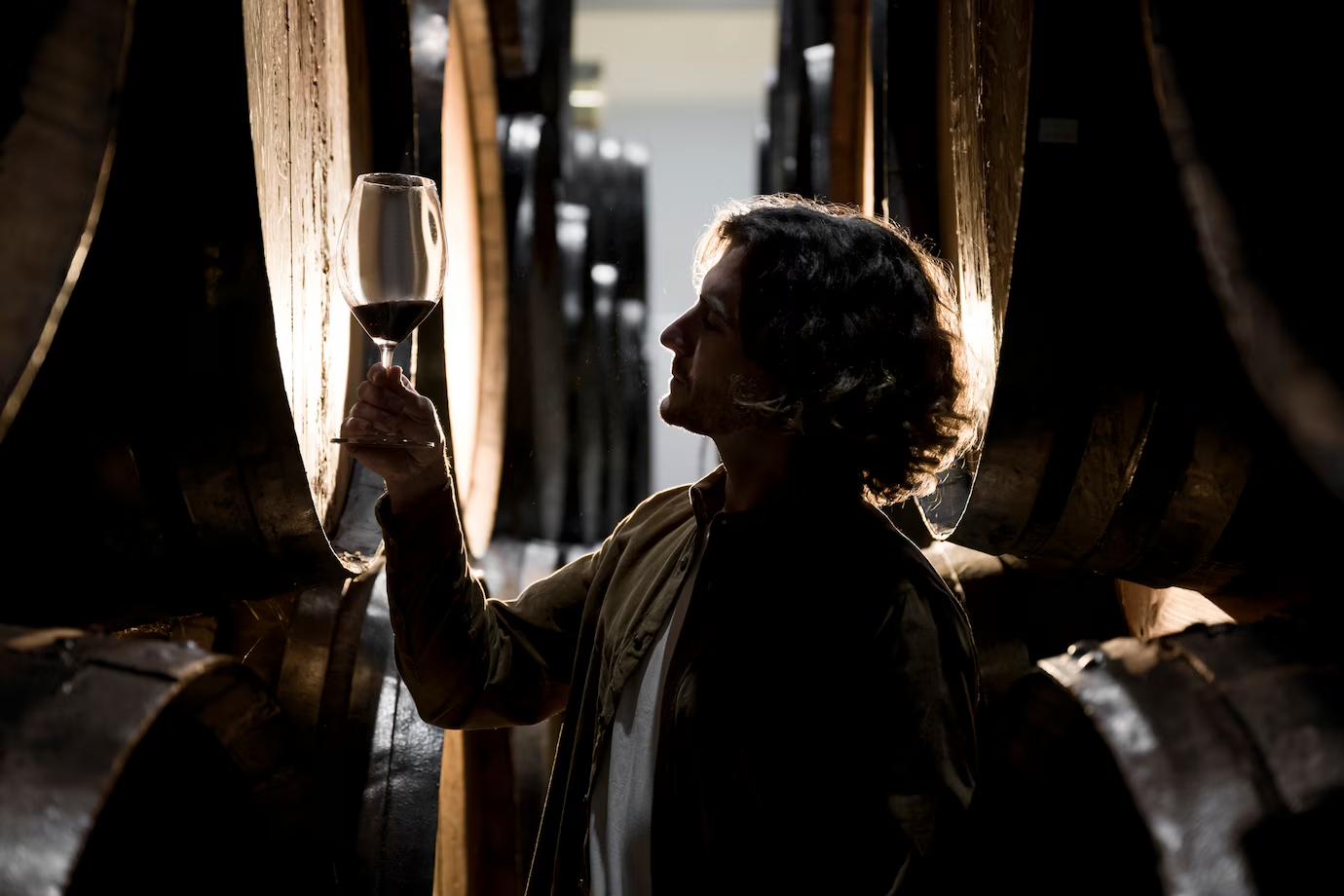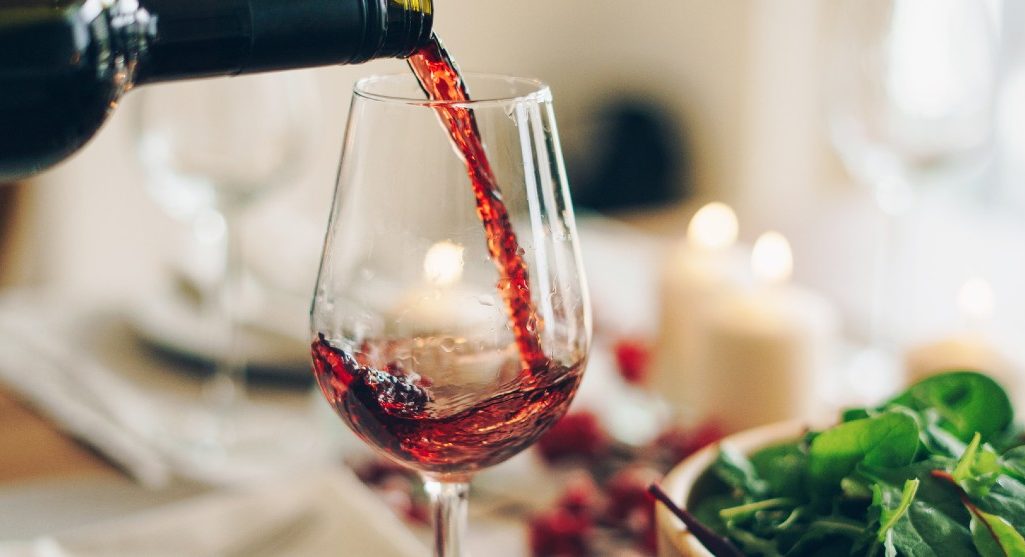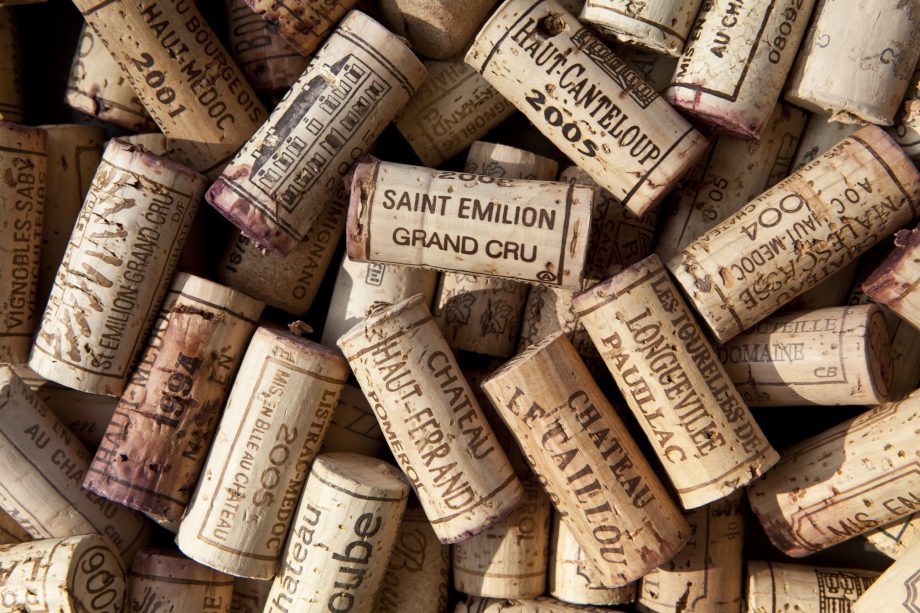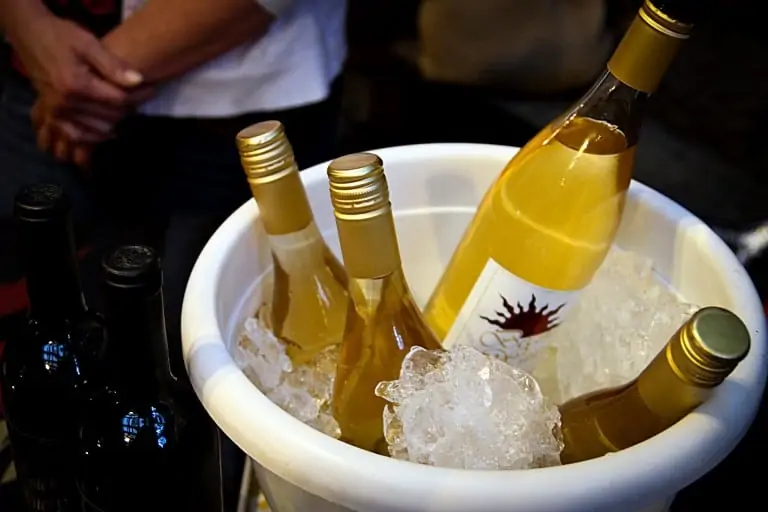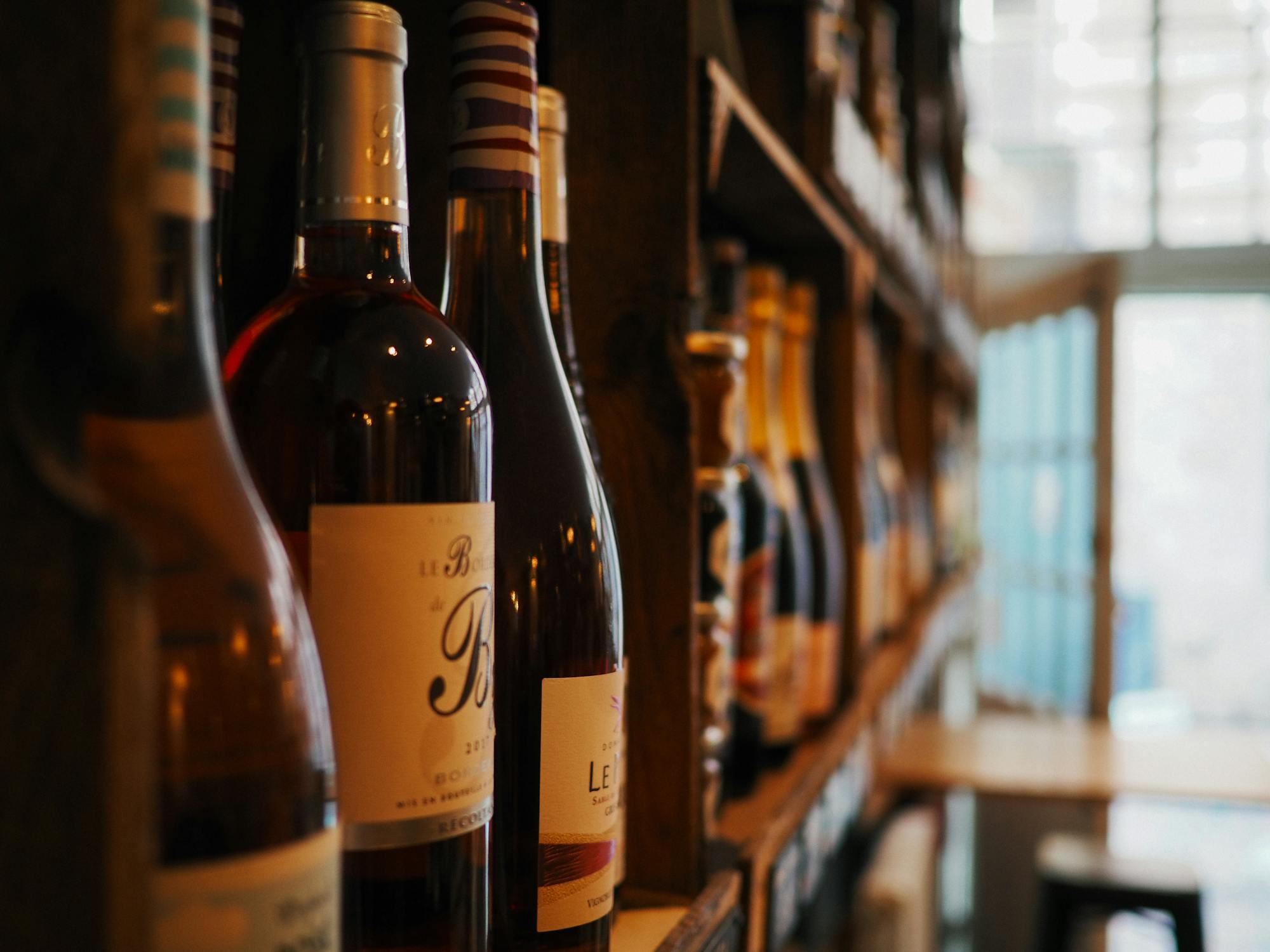Wine making is a fascinating process that combines science, tradition, and artistry to transform humble grapes into complex and flavorful beverages. From the initial harvesting of ripe grapes to the final bottling stage, each step in winemaking requires careful attention to detail and specific techniques that influence the taste, aroma, and quality of the final product.

Key Takeaways
- The winemaking process begins with harvesting ripe grapes at optimal sugar levels, typically 20-25°Brix for red wines and 17-23°Brix for whites
- Red and white wines differ primarily in their production methods, with red wines fermenting with grape skins while whites are pressed before fermentation
- Fermentation transforms grape sugars into alcohol through yeast activity, with temperature control being crucial for developing desired flavors
- Aging can occur in stainless steel tanks or oak barrels, with the vessel choice significantly influencing the wine’s flavor profile
- On average, one ton of grapes yields approximately 800 bottles of wine, with each bottle containing the juice of 400-500 grapes
The Harvesting Process: Where Winemaking Begins
Grape harvesting marks the first critical step in winemaking. Timing is everything—grapes must be picked at physiological ripeness, when they’ve achieved the perfect balance of sugar content, acidity, and phenolic maturity. According to data from Washington State, despite record heat in 2021, vineyards yielded 179,600 tons of grapes, showcasing the importance of climate adaptability in viticulture. Harvesting methods vary between vineyards. Large-scale operations often use mechanical harvesting, while about 60% of premium vineyards prefer hand-picking to preserve cluster integrity. This choice affects not only the quality of the harvest but also the character of the resulting wine. Interestingly, lower yields (around 3 tons per acre) often correlate with higher quality wines due to more concentrated flavors in each grape.
Crushing and Pressing: Extracting the Essence
Once harvested, grapes undergo destemming and crushing, creating what winemakers call “must”—a mixture of juice, skins, and pulp. This stage reveals one of the fundamental differences between red and white winemaking. For white wines, pressing happens immediately to minimize skin contact, resulting in a clearer, crisper juice. A ton of white wine grapes typically yields 120-160 gallons of juice. In contrast, red wine production keeps the skins with the juice during fermentation, allowing them to impart color, tannins, and complex flavors. This skin contact can last anywhere from 5 to 30 days, depending on the style of wine being produced. The pressing technique also matters—modern pneumatic presses minimize oxidation, preserving delicate aromas that are particularly important in aromatic white varieties.Fermentation: The Magical Transformation
Fermentation is where grape juice becomes wine. This biochemical process occurs when yeasts metabolize grape sugars, converting them into ethanol and carbon dioxide. Winemakers can choose between cultured yeast strains that offer predictability or wild yeasts that contribute unique complexity to the wine’s flavor profile. Temperature control during fermentation is crucial:- White wines: Fermented at cooler temperatures (12-18°C or 54-64°F)
- Red wines: Fermented at warmer temperatures (20-32°C or 68-90°F)
Aging: Developing Character and Complexity
After fermentation, wines enter the aging phase, where they develop deeper complexity and character. The choice of aging vessel significantly impacts the final product. Stainless steel tanks preserve fresh fruit flavors in wines like Pinot Grigio, while oak barrels impart vanilla, spice, and structural elements. Oak barrel selection adds another layer of complexity:- French oak ($1,200-$1,500 per barrel): Adds subtle flavors and fine-grained tannins
- American oak ($800-$1,000 per barrel): Delivers bolder vanilla and coconut notes

